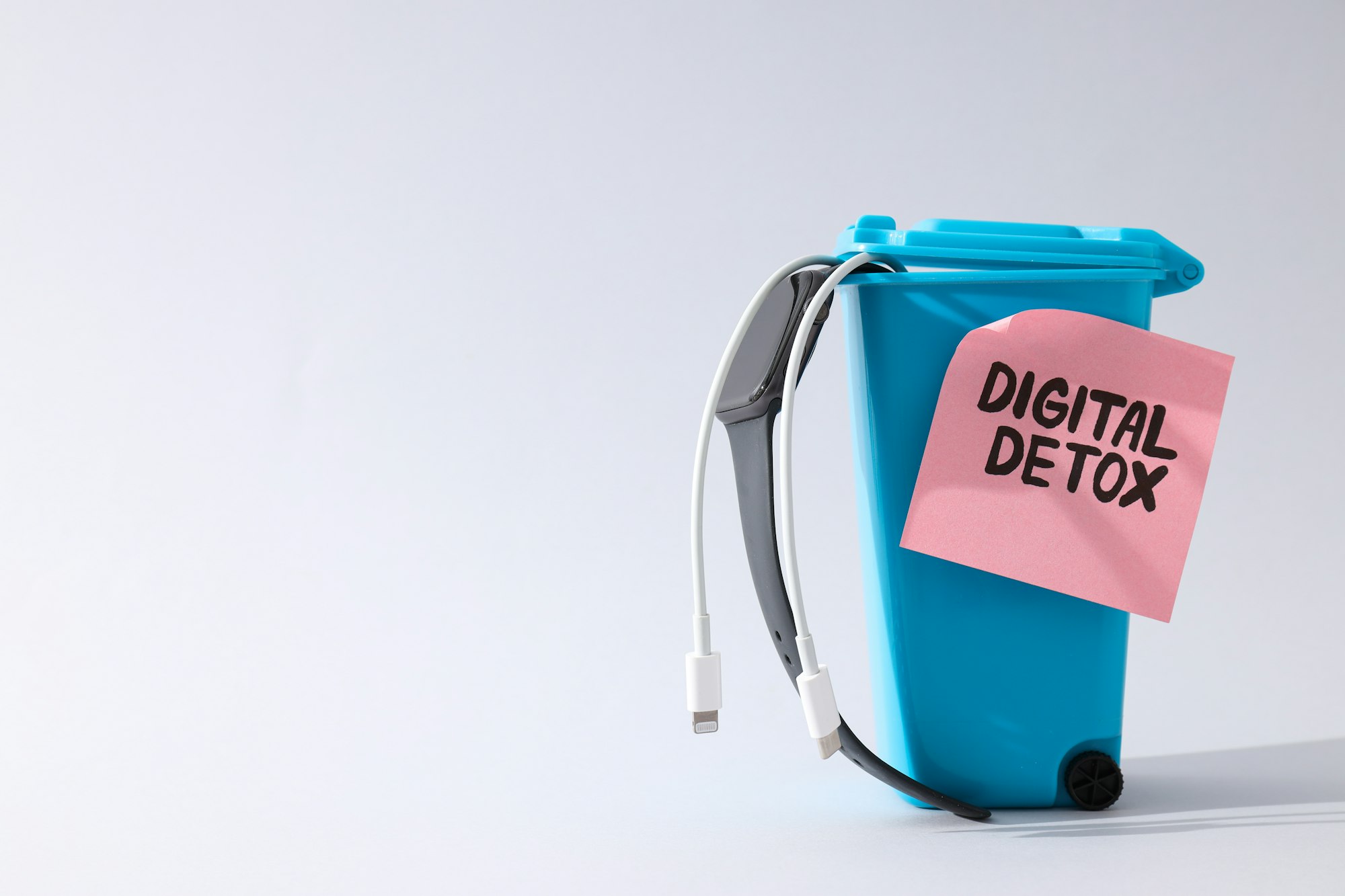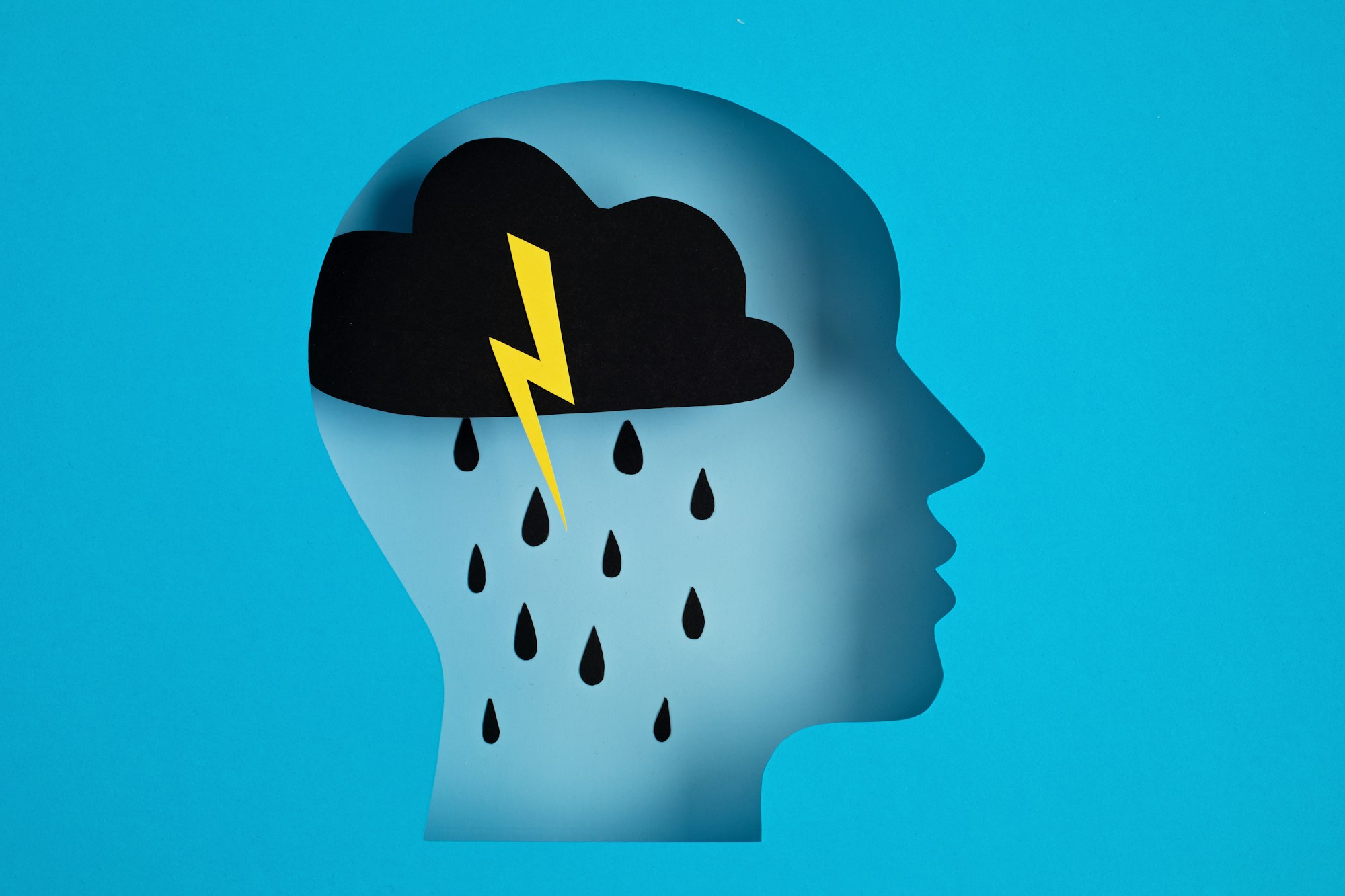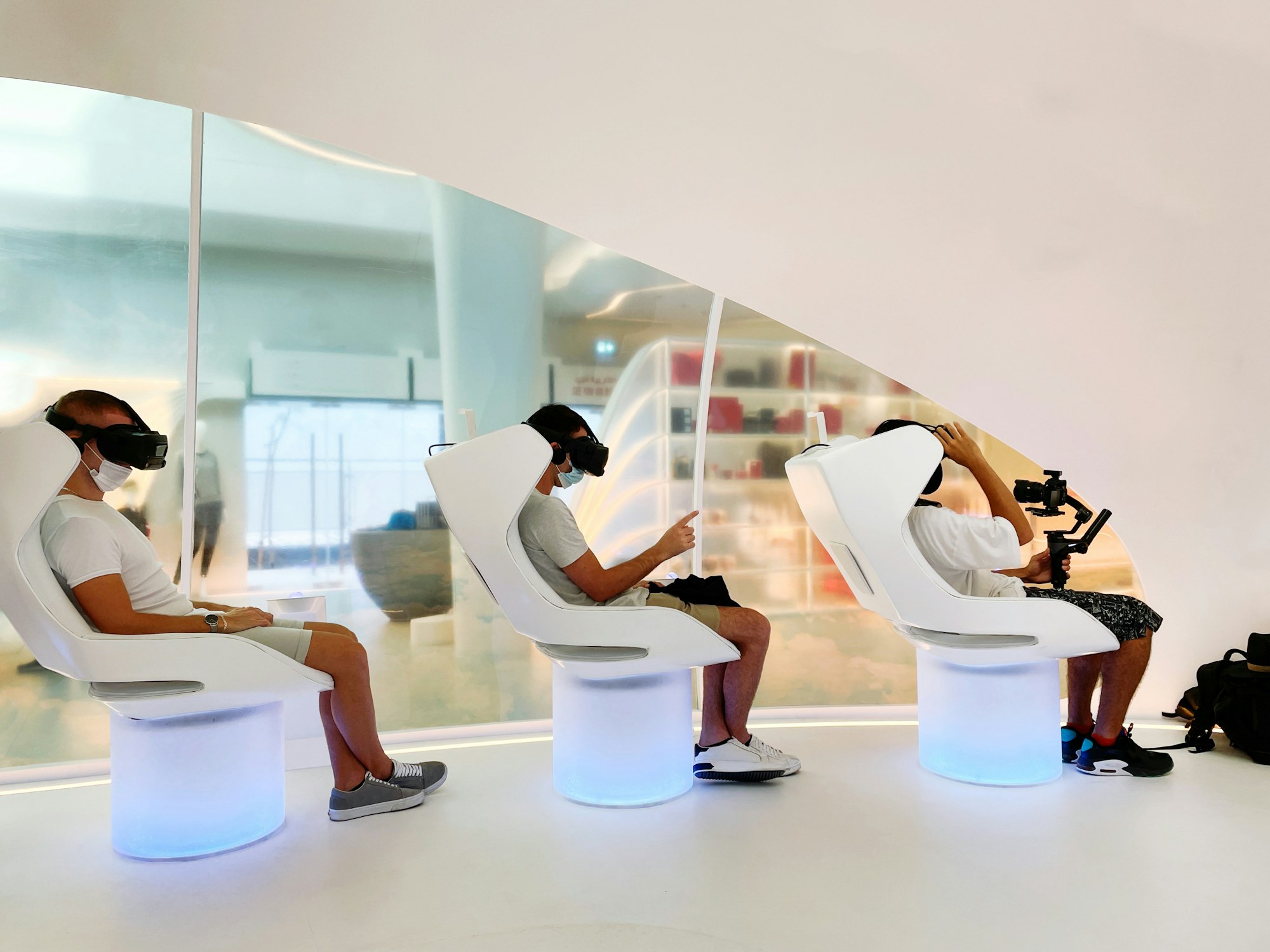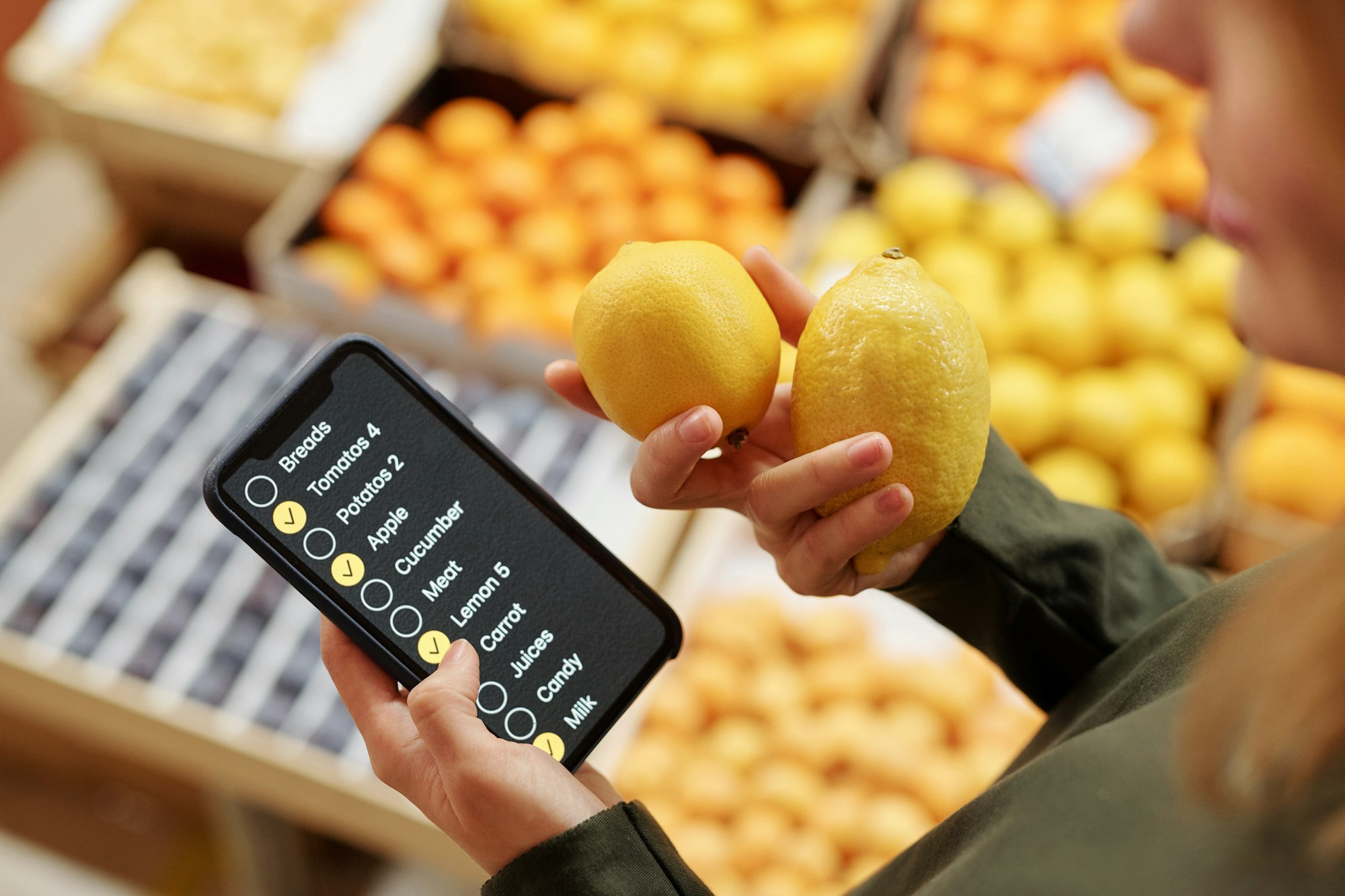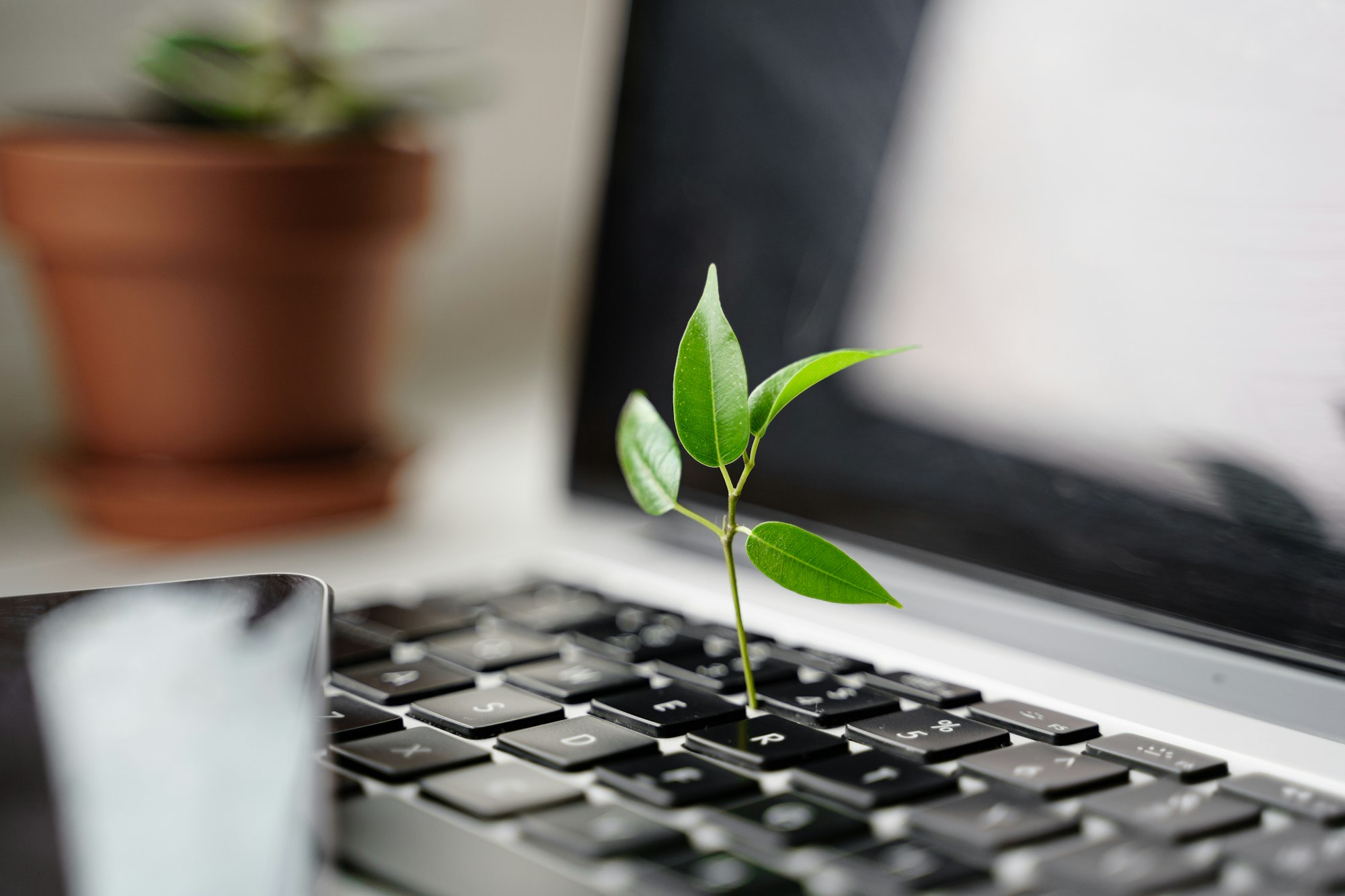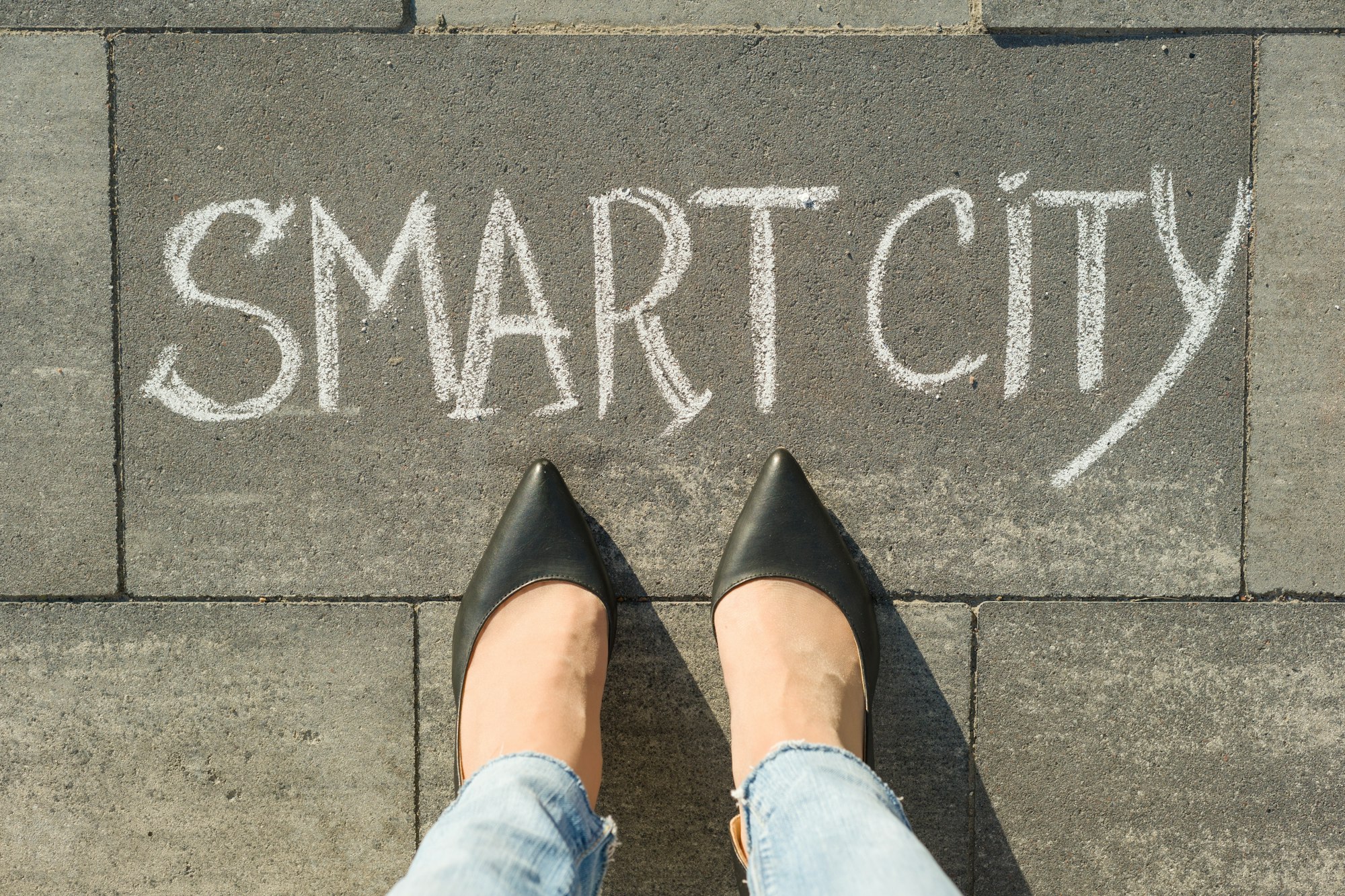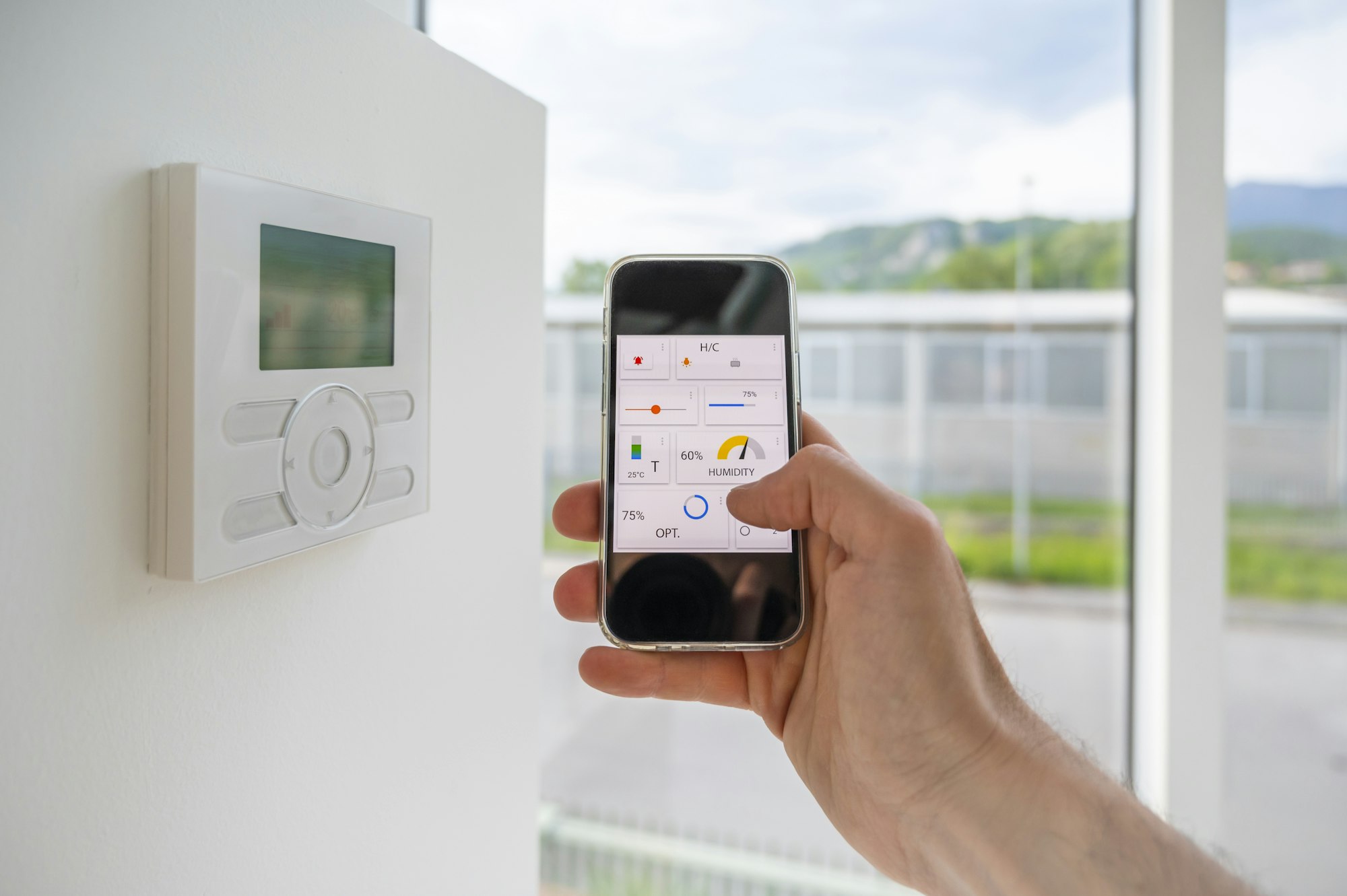In today’s hyper-connected world, it’s easy to get overwhelmed by the constant barrage of notifications, emails, and social media updates. While technology has undoubtedly made our lives more convenient, it’s also important to recognize the value of disconnecting from our screens and reconnecting with the world around us. A digital detox can help restore balance, reduce stress, and improve overall well-being. Let’s explore how to effectively unplug and reconnect with life through a comprehensive digital detox.
1. Understanding the Need for a Digital Detox
1.1 The Impact of Digital Overload
The average person spends several hours a day on digital devices, which can lead to digital overload. This constant exposure to screens can cause eye strain, sleep disturbances, and increased stress levels. Moreover, excessive screen time can negatively impact our relationships and mental health.
1.2 Recognizing the Signs
Signs that you might need a digital detox include feeling anxious when you’re away from your phone, having trouble focusing on tasks without checking for notifications, and experiencing difficulty sleeping due to late-night screen use. Recognizing these signs is the first step toward taking control of your digital habits.
2. Preparing for Your Digital Detox
2.1 Setting Clear Goals
Before starting your digital detox, it’s essential to set clear goals. Determine what you want to achieve, whether it’s reducing screen time, improving focus, or enhancing relationships. Having specific goals will help you stay motivated and measure your progress.
2.2 Creating a Plan
Create a realistic plan that outlines how you will reduce your digital usage. This plan might include designated screen-free times, such as during meals or before bed, and identifying activities to replace screen time, like reading, exercising, or spending time outdoors.
3. Implementing Your Digital Detox
3.1 Establishing Screen-Free Zones
One effective strategy is to establish screen-free zones in your home. For instance, make the bedroom a screen-free area to promote better sleep, and designate the dining room as a place for tech-free meals to encourage meaningful conversations.
3.2 Using Technology Mindfully
Mindful use of technology involves being intentional about how and when you use digital devices. This might include scheduling specific times to check emails and social media, rather than constantly being connected. Apps like Forest and StayFocusd can help you stay mindful by limiting access to distracting websites and apps.
3.3 Engaging in Offline Activities
Find activities that you enjoy and can immerse yourself in without screens. This could be anything from hiking and biking to painting and cooking. Engaging in offline hobbies not only reduces screen time but also enhances creativity and relaxation.
4. Benefits of a Digital Detox
4.1 Improved Mental Health
Disconnecting from digital devices can significantly improve mental health. It reduces stress and anxiety associated with constant connectivity and allows you to be more present in the moment. Many people report feeling more relaxed and centered after a digital detox.
4.2 Enhanced Relationships
Spending less time on screens and more time interacting with loved ones can strengthen relationships. Without the distractions of digital devices, you can engage in deeper, more meaningful conversations and activities with family and friends.
4.3 Increased Productivity
A digital detox can also boost productivity. By reducing the temptation to constantly check emails and social media, you can focus better on tasks at hand. Many people find that they are more efficient and creative when they minimize digital distractions.
5. Maintaining Balance After the Detox
5.1 Setting Long-Term Boundaries
After completing a digital detox, it’s important to set long-term boundaries to maintain a healthy relationship with technology. This might include continuing with screen-free zones, setting limits on daily screen time, and scheduling regular digital detox periods.
5.2 Continuing Mindful Practices
Incorporate mindful practices into your daily routine to stay balanced. This could include mindfulness meditation, journaling, or simply taking regular breaks to step away from screens and connect with your surroundings.
5.3 Embracing Technology Positively
While a digital detox is beneficial, it’s also important to embrace technology positively. Use it to enhance your life, such as by staying connected with loved ones, accessing educational resources, or exploring new hobbies. The key is to use technology in a way that adds value to your life without overwhelming it.
Conclusion
A digital detox is a powerful tool for reclaiming your time and energy from the grips of constant connectivity. By understanding the need for a detox, preparing effectively, and implementing mindful strategies, you can unplug from digital overload and reconnect with the world around you. The benefits of improved mental health, stronger relationships, and increased productivity are well worth the effort. Remember, the goal isn’t to eliminate technology from your life entirely but to find a balanced approach that enhances your well-being. So, take the first step towards a healthier, more connected life by starting your digital detox today!
